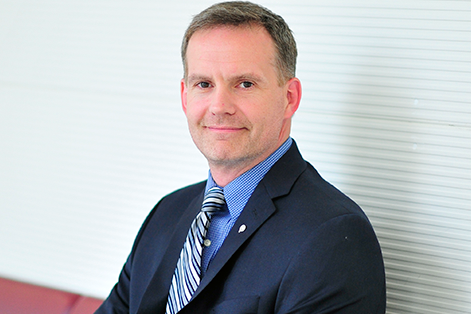News Story
Space Agencies Tackle Problem of Small Debris in Low Earth Orbit

Raymond Sedwick – associate professor of aerospace engineering and director of the Clark School’s Center for Orbital Debris Education and Research and Space Power and Propulsion Laboratory – was recently quoted in E&T magazine about the problem of small debris in low Earth orbit.
It begins:
NASA and the Japanese Aerospace Exploration Agency (JAXA) are taking steps to explore the space debris that is too small to be seen from Earth, but can still inflict serious damage on spacecraft. This is part of a major international effort to mitigate and tackle space debris.
Defunct satellites, broken-up launch rockets, bags of rubbish and even satellites containing human remains for ‘space burial’ are hurtling above our heads in orbit. All these items are large enough to be tracked from Earth using radar. Nasa estimates that there are 23,000 large objects in low Earth orbit (LEO) although the true figure including untracked objects could be as high as 30,000.The amount of junk in space is at a tipping point, according to a 2011 report by the US National Research Council, which called for international regulation to tackle the situation. The possibility of collisions with debris puts the world’s infrastructure and essential activities at risk.
“We rely on space-based assets for many of the things that we take for granted, such as communications, major weather information and navigation,” says Professor Ray Sedwick, director of the University of Maryland’s Centre for Orbital Debris Education and Research. “While temporary loss of such conveniences is not a major issue, the biggest long-term issue is not being able to even replace failed assets due to an environment that may become too hazardous for system operation.”
Click here to continue reading at E&T.
Published January 23, 2018









